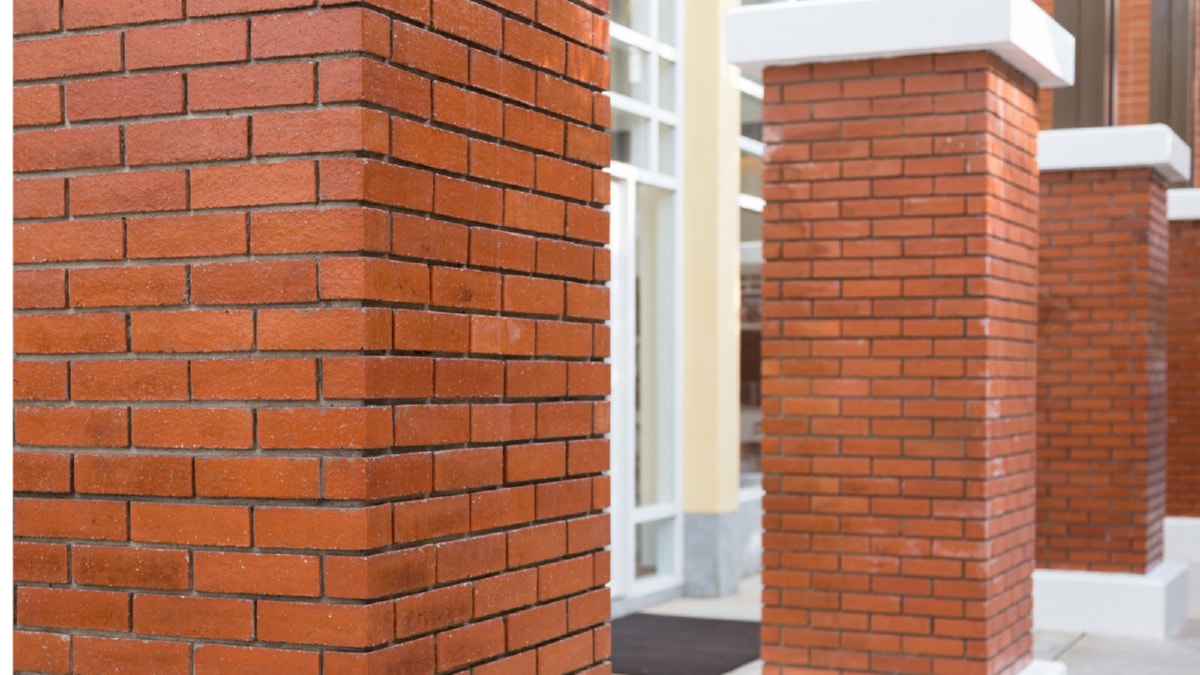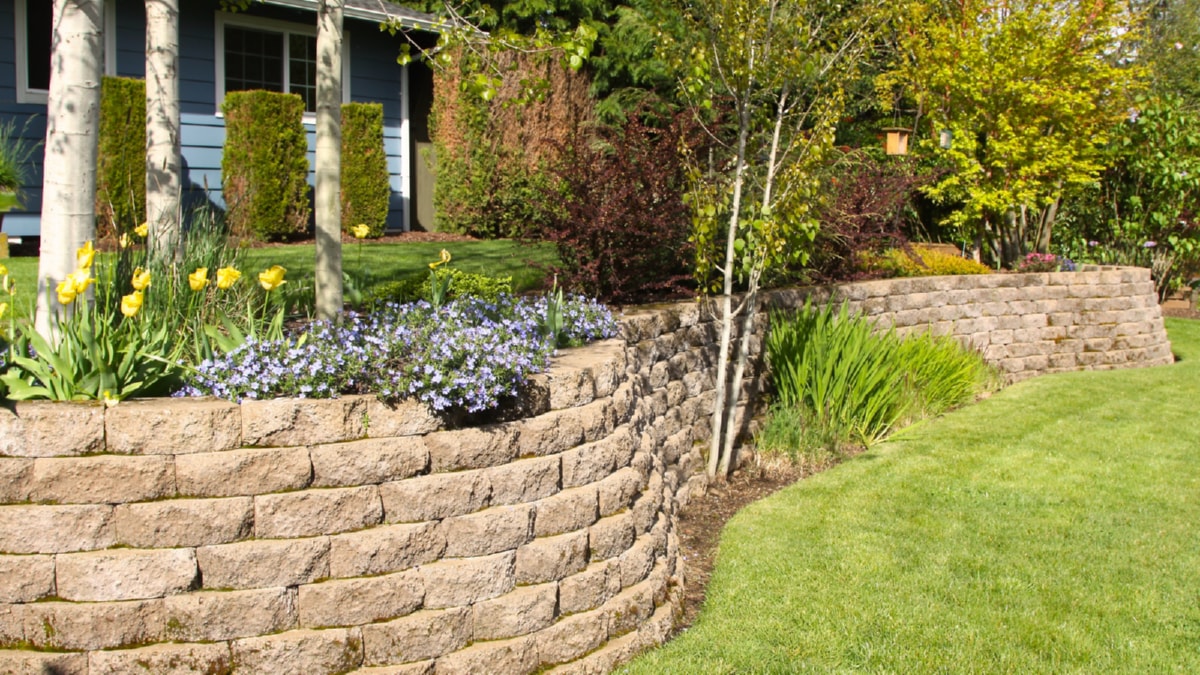“Effective Strategies for Managing Construction Projects”
Managing a construction fantastic project can be a daunting task, especially for those new to the field. However, with the right strategies and tools, you can effectively manage any construction project.
One of the first steps towards successful management of a construction project is comprehensive preparation. This means delving deep into the specifics of the project, making sure every aspect is accounted for. It’s crucial to clarify project goals, set a realistic timeline, and allocate resources appropriately.
Another essential component is efficient communication. This involves ensuring that all stakeholders are kept informed about the project’s progress. Clear and regular communication helps avoid misunderstandings and ensures everyone is on the same page.
Risk management is also a critical part of managing a construction project. By identifying potential hurdles before they become major issues, you can mitigate the risks and keep the project on track.
Additionally, implementing modern technology can significantly help in managing construction projects. Project management software, for example, can help simplify processes, improve communication, and keep track of project progress.
Finally, successful construction project management involves continuous monitoring and evaluation. This means constantly checking the project’s progress against the initial plan and adjusting as needed to ensure the project stays on track.
“The Importance of Eco-Friendly Building Techniques”
In today’s world, eco-friendly building techniques have become increasingly important. Not only do these methods help protect the environment, but they also offer numerous other benefits, including cost savings and improved health.
The fundamentals of green construction involve using sustainable materials, minimizing energy consumption, and limiting waste. This means choosing materials that are renewable or recycled, making sure buildings are designed with energy efficiency in mind, and using strategies that limit waste during the construction phase.
An essential component of green construction is preserving water. This can be achieved by using fixtures that conserve water and incorporating rainwater harvesting systems.
Lastly, green construction also involve creating healthy indoor environments. This means choosing materials that are free from harmful emissions and including design features that enhance indoor air quality.
In conclusion, eco-friendly building is not only good for the environment but also has tangible benefits for occupants and the wider community. As such, understanding its fundamentals is vital for anyone involved in the construction industry.
For more details, check best Asphalt Repair Services Quakertown or visit their Asphalt Repair business listing here.




